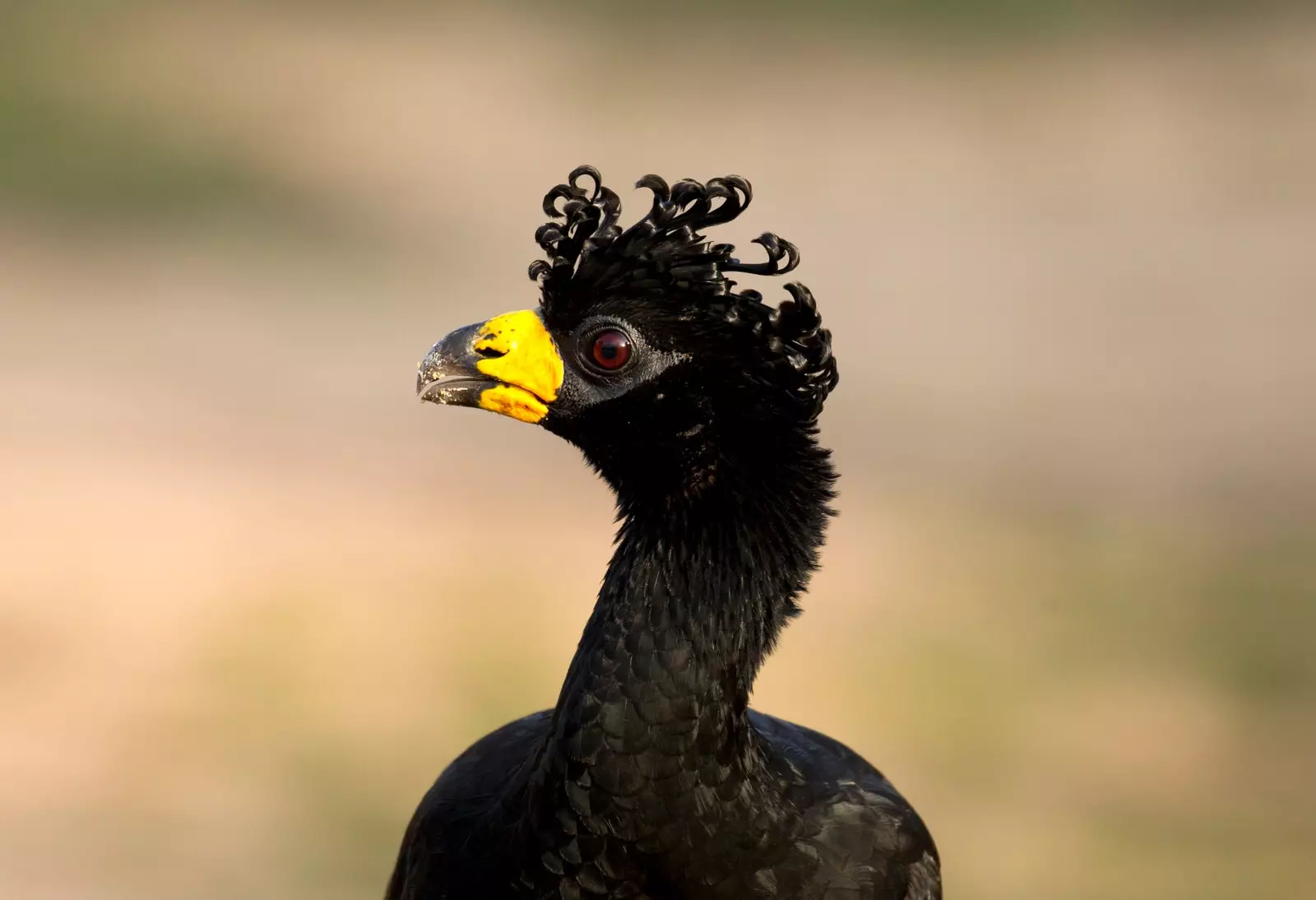
The muitu.
“The Iberá forest regenerator is back” . This was announced with great joy last February from the Rewilding Argentina Foundation . The project to return to the forests of Corrientes, in the northwest of the country, to the muitu It began to take shape in 2019 when the first specimens of this species arrived.
In total, 10 birds arrived at the reserve. , four males and six females that had been previously reared in the Bela Vista Biological Refuge belonging to the Itaipú Binacional company (Foz de Iguazú).
Even though the Iberá Reserve It is home to a great diversity of wildlife, such as alligators, deer and hundreds of species of birds, the muitú was extinct for about 50 years . The growth of urban areas, the loss of their habitat and hunting for their meat have completely eliminated them in these areas, although not in the entire country where they are in danger of extinction.
Currently, according to data from the foundation The Conservation Land Trust it is estimated that the number of muitús in Argentina does not exceed 2,500 copies; most of which occur in isolation in the forests of eastern Formosa and northwestern Chaco Húmedo . In the rest of the provinces of Corrientes, Misiones and Santa Fe it was extinct until 2021.
A FOREST REGENERATOR
But, Why is this species so important in the forests? Like all animal species, the muitú also has its role in the balance of nature, and in this case it is very important.
It is a frugivorous species It feeds on fallen fruits, shoots and seeds, and even flowers and invertebrates. “Like other cracids, the muitú has the ability to disperse tree seeds with fleshy fruits, especially those of great size that cannot be ingested by other birds or mammals. It is because of that plays a key ecological role in the maintenance of the ecological functions and biodiversity of the forests they inhabit, being able to intervene in processes of regeneration and restoration of the forests”, they point out from the website of The Conservation Land Trust.
When they disappear, the trees, forests and jungles become poorer and their regeneration becomes more difficult. Now the forests of the Iberá Natural Park will have a somewhat more encouraging future with the arrival of their first species.
A YEAR OF GOOD NEWS FOR ARGENTINA
The flora and fauna live a particularly happy year in Argentina. Not only because of the arrival of the three small muitús in Iberá, but also because various environmental projects in the country have also borne fruit.
As we already announced in Traveler.es, the Iberá National Park has been working for more than a year on a project to reintroduce the yaguareté (jaguar in Guarani), whose species was extinct in 95% of the country. Since then they have celebrated the birth of the first pups in the park.
And also from scarlet macaw , whose species was extinct for 150 years. "Since 2015, at Fundación Rewilding Argentina we have been working to recover this key extinct species throughout Argentina. Today, the Scarlet Macaw is once again fulfilling its ecological role as "creator of forests", through rewilding", they stressed in their Instagram profile in October 2020.
